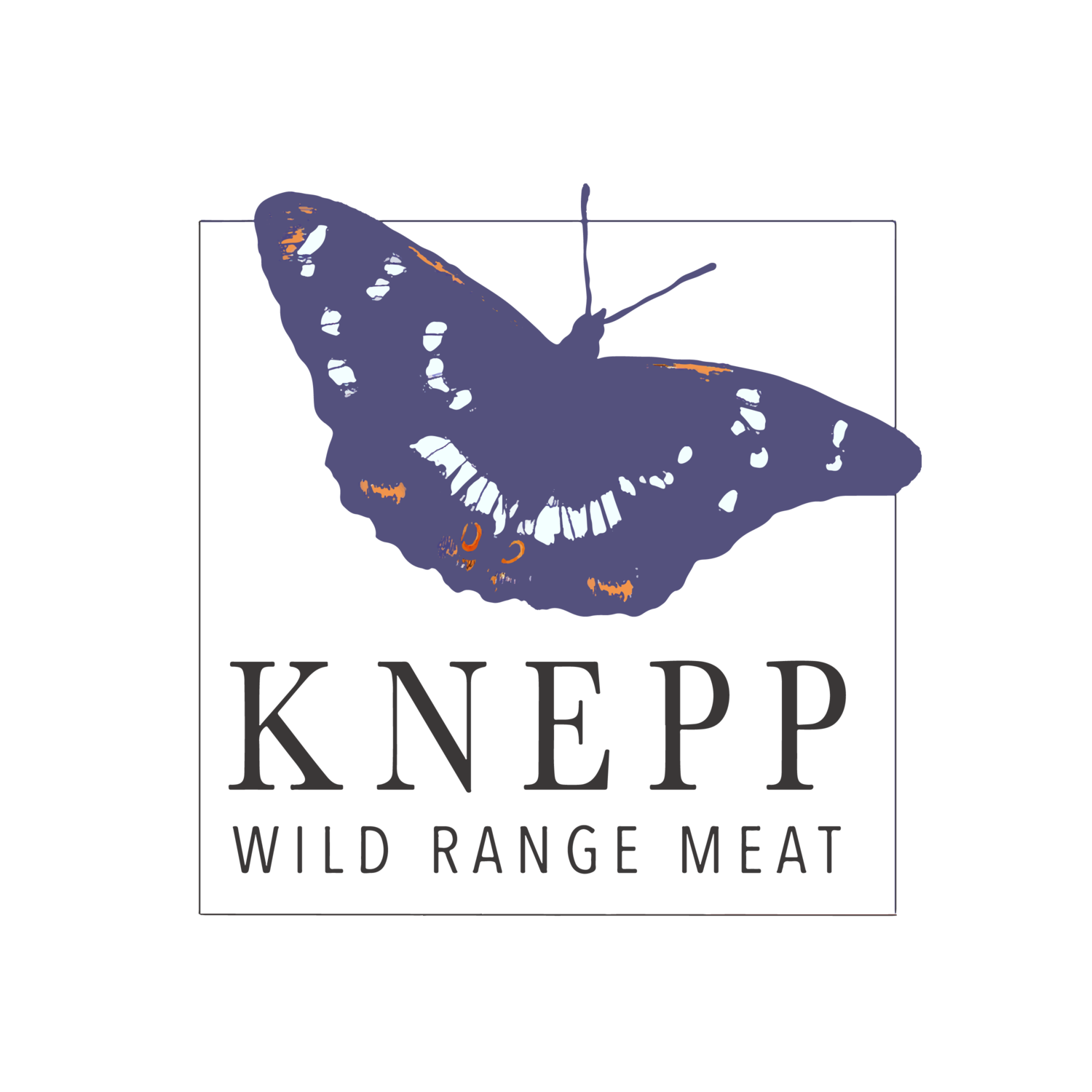Rewilding
Knepp is a 3,500 acre estate just south of Horsham, West Sussex. Since 2001, the land – once intensively farmed - has been devoted to a pioneering rewilding project. Using grazing animals as the drivers of habitat creation, and with the restoration of dynamic, natural water courses, the project has seen extraordinary increases in wildlife. Extremely rare species like turtle doves, nightingales, peregrine falcons and purple emperor butterflies are now breeding here; and populations of more common species are rocketing.
The vision of the Knepp Wildland Project is radically different to conventional nature conservation in that it is not driven by specific goals or target species. Instead, its driving principle is to establish a functioning ecosystem where nature is given as much freedom as possible. The aim is to show how a ‘process-led’ approach can be a highly effective, low-cost method of ecological restoration - suitable for failing or abandoned farmland - that can work to support established nature reserves and wildlife sites, helping to provide the webbing that will one day connect them together on a landscape scale.
Free-roaming Herbivores
Without grazing animals, the scrub emerging from our post-agricultural fields would soon turn into closed-canopy woodland, which is a poor habitat for most wildlife. Disturbance from grazing, browsing, rootling, rubbing and trampling, provides a check on galloping scrub; and the battle between these two processes – animal disturbance vs. vegetation succession – creates all sorts of vegetation structures which contribute to a dynamic, ever-shifting mosaic of valuable habitats.
Involving a suite of different animals in a project such as this increases complexity and biodiversity in ways that often complement each other. A particular function that grazing animals would have performed in the past is the transference of nutrients across the landscape, often over enormous distances. Eating in one place, then dunging, and even dying, in another, moves trace elements across different soil types. Seed dispersal, via the gut, hooves and hair, is another important role of herbivores. Each animal has different plant associations.
The key to establishing and maintaining this rich mosaic of habitats (in the absence of apex predators like the wolf) is to ensure that there are neither too many, nor too few, grazing animals. Too many and the land becomes entirely grassland; too few and it reverts to closed canopy woods. Keeping the populations within these parameters allows us to take animals off the land to process into meat. We sell 75 tonnes (live-weight) of free-roaming, pasture-fed organic meat every year – an important income stream for the estate. In reality, we are still farming, but on a very extensive scale and with very low carbon inputs - much like ranching.
